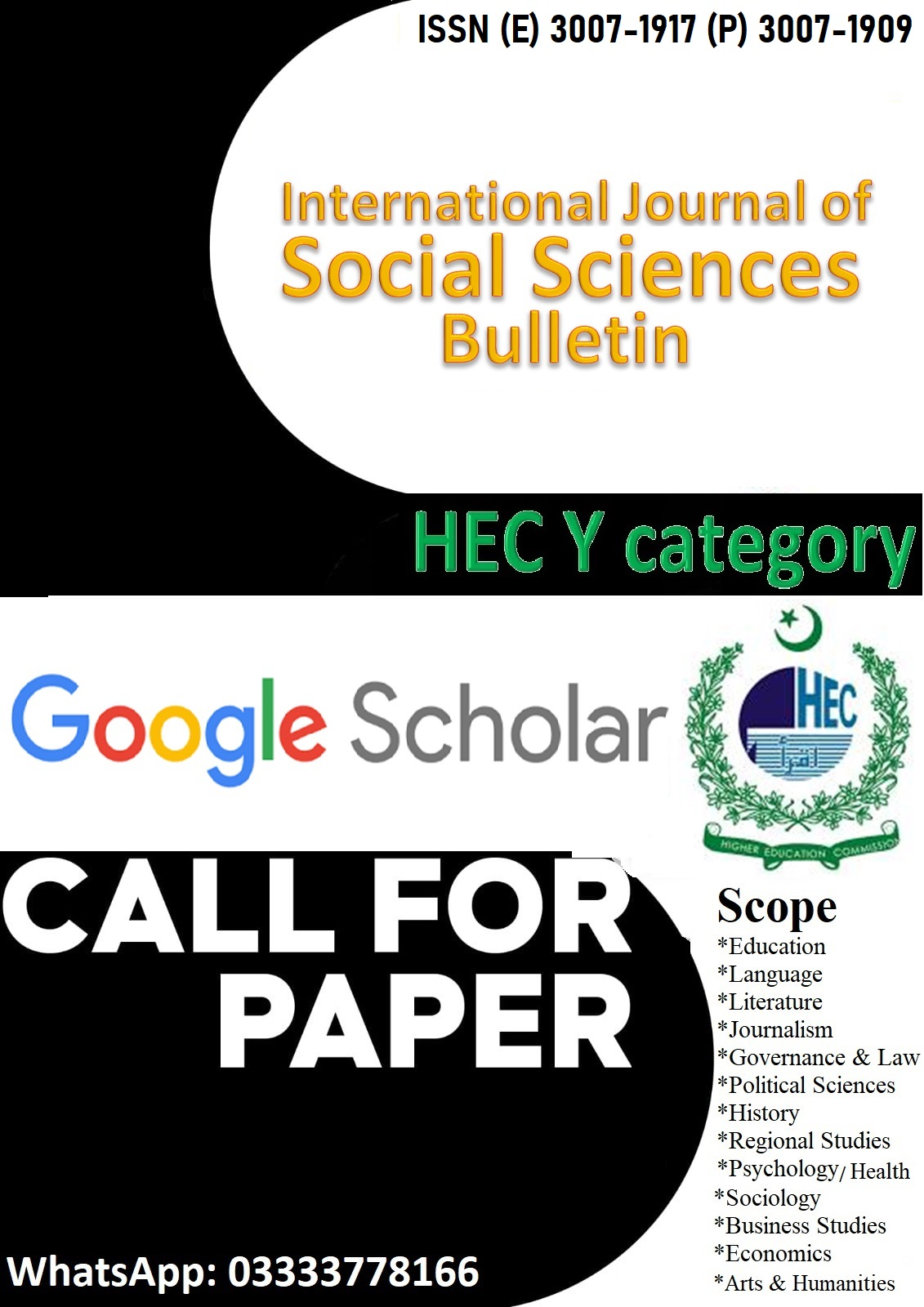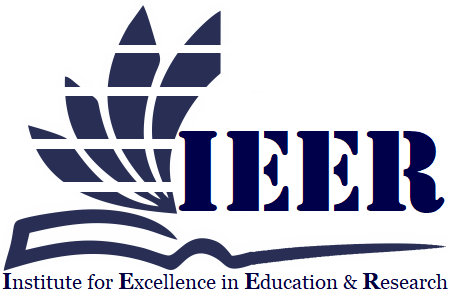MANAGING EXAMINATION ANXIETY THROUGH RATIONAL EMOTIVE BEHAVIOR THERAPY: AN EMPIRICAL INVESTIGATION
Keywords:
Rational Emotive Behaviour Therapy (REBT), Exam Anxiety, Positive Coping Statements, Academic Stress, Therapeutic Intervention, Anxiety Management, Psychological InterventionAbstract
Rational Emotive Behaviour Therapy (REBT) is a widely recognized psychotherapeutic approach known for its effectiveness in alleviating anxiety, depression, and other emotionally distressing symptoms. Central to REBT is the premise that addressing unhealthy or irrational thoughts and emotions can mitigate symptoms associated with various psychological disorders. The present study aimed to examine the efficacy of REBT-based techniques, specifically rational emotive imagery and positive coping statements in the management of exam-related anxiety. A total of 12 participants were selected, each receiving between 12 and 14 therapy sessions. All participants were briefed on the therapy procedures and ethical protocols prior to participation. To evaluate changes in anxiety levels, the Westside Test Anxiety Scale was administered before and after the intervention. The results demonstrated that the integration of rational emotive imagery and forceful coping statements within the ABCDE model of REBT significantly reduced test anxiety scores at post-assessment. Furthermore, findings indicated that using these techniques in combination was more time-efficient than following the traditional sequential REBT framework. This study contributes to the growing body of literature supporting the application of REBT in real-world performance settings, particularly in the context of academic stress and examination anxiety.
Downloads
Published
Issue
Section
License

This work is licensed under a Creative Commons Attribution-NonCommercial-NoDerivatives 4.0 International License.

















